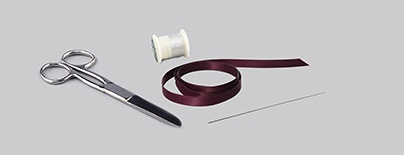Mix three beadwork techniques with richly colored PRECIOSA White Lining rocailles to create a lush garland of flowers and leaves which curves naturally around the wrist. When you have learned the technique, branch out to create a matching necklace and earrings for the full floral experience.
Kerrie Slade have used Czech PRECIOSA Traditional Czech seed beads in her creation.
Learn MoreBeading thread; Fireline 4lb smoke; ribbon; 7 mm width; approximately 50 cm; scissors; size 10 to 15 beading needles

The finished bracelet measures approximately 18 cm but can be made to measure.
Share this project with your friends
This website uses cookies
PRECIOSA ORNELA, a.s. hereby informs you that its website uses cookies You can find more information about our cookies and how your data is processed in the privacy statement. We request your consent to use cookies specified below.